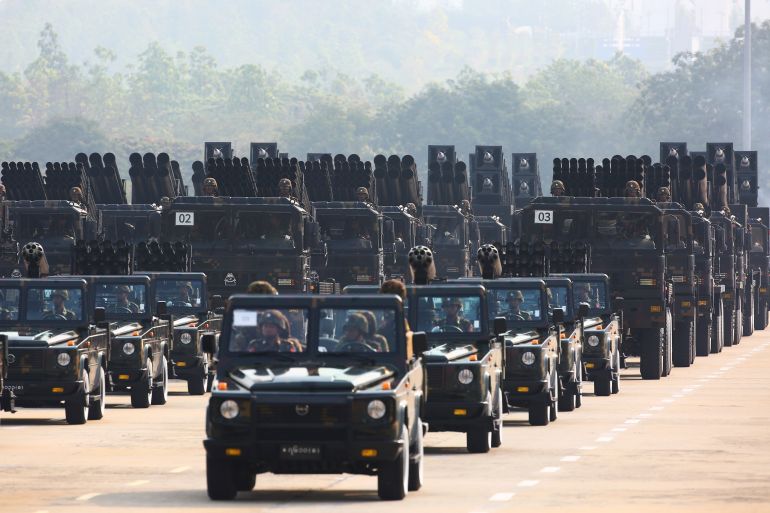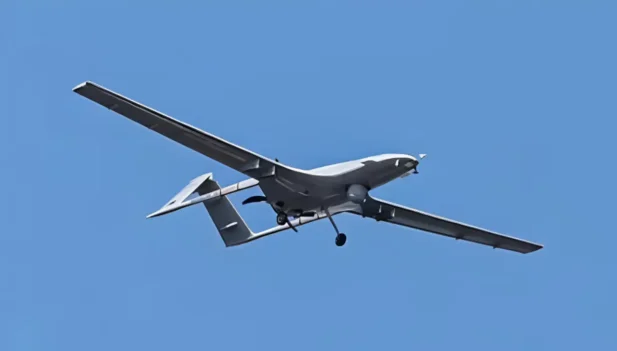In line with last year’s increase, China announced a 7.2% increase in its defence budget on Tuesday, which stands at 1.6 trillion yuan ($222 billion), the second-highest in the world behind the United States. The increase in allotment highlights China’s heightened tensions, especially with the US and Taiwan.
However, it’s crucial to note that these figures represent only a fraction of the actual spending by the People’s Liberation Army (PLA), once auxiliary expenses like research and development and foreign weapons procurement are factored in. This significant uptick mirrors President Xi Jinping’s ongoing military modernisation efforts.
An increasing number of nuclear weapons and advanced military technologies, like as aircraft carriers and stealth fighters, are said to be facilitated by tensions with the United States, Taiwan, Japan, and other neighbors who have competing claims to the strategically important South China Sea.
When spending on R&D and foreign weapon purchases are taken into account, the official budget amount that was revealed on Tuesday at the start of the legislature’s annual session is only thought to represent a small portion of what the People’s Liberation Army, the military wing of the ruling Communist Party, spends.
Premier Li Qiang addressed the crowd of almost 3,000 carefully chosen attendees, who exhibit unwavering loyalty to the Communist Party and its leader, Xi Jinping, saying, “We will provide stronger financial guarantees for efforts to modernize our national defense and the armed forces on all fronts and consolidate and enhance integrated national strategies and strategic capabilities.”
In spite of this, India has increased its military spending year after year despite the complicated relationship between China and India that is marked by many points of disagreement. The Modi administration made a significant investment of ₹6.21 lakh crore (about $75 billion) in the Interim budget address of 2024, demonstrating India’s proactive approach to bolstering its defence capabilities.
A significant emphasis on improving border infrastructure can be seen in the ₹6,500 crore that the Modi government allocated to the Border Roads Organisation, a notable 30% increase from the previous fiscal year.
Furthermore, the substantial ₹7,651.80 crore budget for the Indian Coast Guard—a substantial increase of 6.31% over the previous fiscal year demonstrates India’s dedication to strengthening its maritime security capabilities.
The Ministry of defence’s interim budget is the greatest allocation among all the ministries, accounting for 13 percent of Central Government Expenditure (CGE) and an increase of 4.7 percent over the previous allocations.
Despite a slowing economy, China has increased its yearly defense expenditure by more than 7% for the third year running. This decade, its main competitors, including India, will have to deal with the political and military fallout. Even though it is somewhat less than the US military budget, China spends three times as much on defense as does India. Given China’s assertive stance and escalating tensions, India’s proactive approach to strengthening its defence capabilities is both sensible and essential. The greater focus on border infrastructure and marine security, which demonstrates a thorough understanding of the shifting security dynamics in the region, demonstrates India’s will to defend its national interests.







